Maybe you know a great deal about AMD. Maybe you only know a little. But there may be something helpful on this list that you don’t know. And I’m sure we can agree: you can never know enough about Age-related Macular Degeneration.
1. Age-related Macular Degeneration is the leading cause of vision loss among people age 65 and older. The U.S. National Eye Institute (NEI) approximates that people in their 50’s have a 2% chance of developing AMD. That risk swells to almost 30% in those 75 years of age and older.
2. Research shows that smoking increases the risk of developing Age-related Macular Degeneration. Most people don’t know that the risk is dose dependent, meaning that the more you smoke, the higher your risk for developing AMD (and the faster the condition progresses once you have it).
3. Caucasians are at higher risk for developing AMD than African Americans and other races. Additionally, women tend to develop AMD at an earlier age than men.
4. AMD is a genetic disease, which means people with a family history of AMD are at higher risk. It’s important that you know your family’s medical history (eye health included).
5. There is a test that can genetically predict your likelihood of developing Age-related Macular Degeneration. That test is called Macula Risk.
6. 10% of patients with AMD develop Wet AMD. However, wet AMD is so severe that it is responsible for 90% of vision loss cases caused by the condition.
7. The CDC (Centers for Disease Control and Prevention) estimates that 1.8 million people have AMD already and an additional 7.3 million people are at substantial risk for vision loss from AMD.
8. Studies show that people who maintain a diet rich in vitamins C and E, beta-carotene, and zinc reduce their risk of developing AMD by 35% when compared to people with a “normal” diet.
9. At this time there is no treatment for early AMD. Many people have no symptoms or loss of vision for many years.
Whether you think you may be at risk or not, we suggest that you visit your local Johnson Optometric Associates eye doctor for a comprehensive eye exam at least once every year. This helps identify any potential health issues early and ensure quality vision. We look forward to seeing you!
Rick Hartman, OD
Johnson Optometric Associates
Serving Fuquay-Varina, NC and Garner, NC




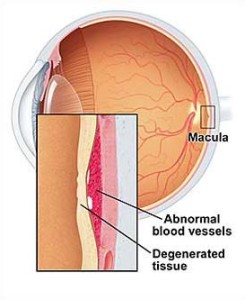
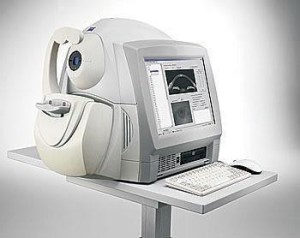
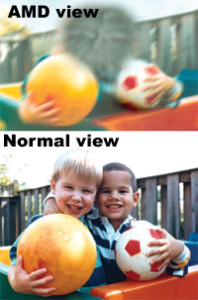
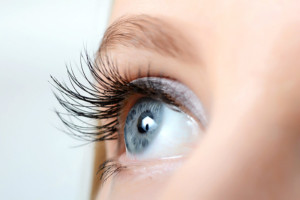

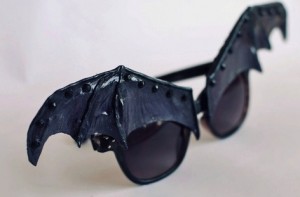
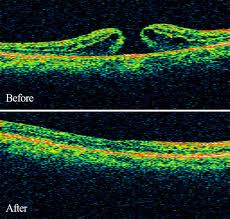
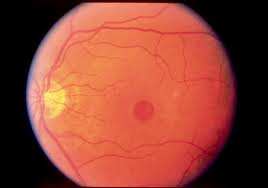 Earlier in the year, I had a 55-year-old female come to my office seemingly suffering from decreased vision in her right eye. For approximately two weeks she noticed her vision becoming very “wavy” and “distorted”. She also noted that colors had become “dull” in that eye. I measured her vision and found that she had 20/60 in her right eye while maintaining clear, 20/20 vision in her left eye. After dilating her eyes, I could tell that she had developed a full-thickness macular hole in her right eye. I immediately performed an OCT (Optical Coherence Tomography) test on that eye and confirmed the diagnosis. I referred her to a retinal specialist for surgery. The surgeon evaluated her the same day, and four days later he did a pars plana victrectomy (PPV) and inner limiting membrane (ILM) peel. He also put a gas bubble in the retina to help the tissue close and heal.
Earlier in the year, I had a 55-year-old female come to my office seemingly suffering from decreased vision in her right eye. For approximately two weeks she noticed her vision becoming very “wavy” and “distorted”. She also noted that colors had become “dull” in that eye. I measured her vision and found that she had 20/60 in her right eye while maintaining clear, 20/20 vision in her left eye. After dilating her eyes, I could tell that she had developed a full-thickness macular hole in her right eye. I immediately performed an OCT (Optical Coherence Tomography) test on that eye and confirmed the diagnosis. I referred her to a retinal specialist for surgery. The surgeon evaluated her the same day, and four days later he did a pars plana victrectomy (PPV) and inner limiting membrane (ILM) peel. He also put a gas bubble in the retina to help the tissue close and heal.